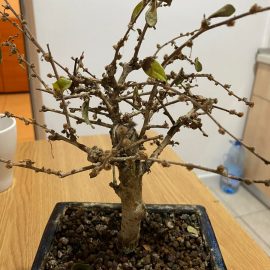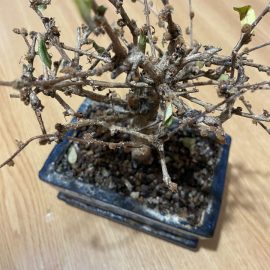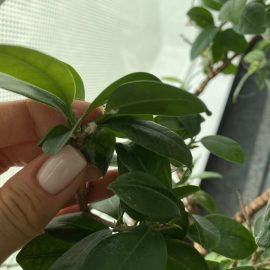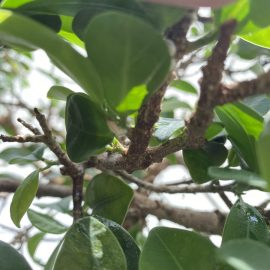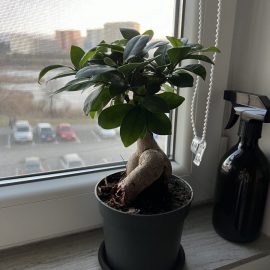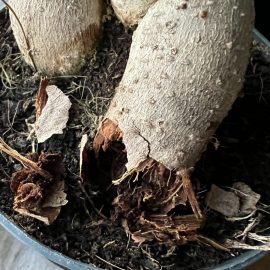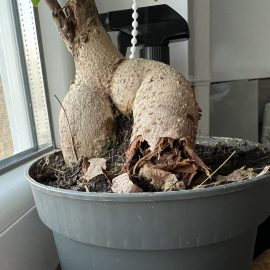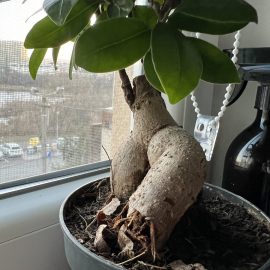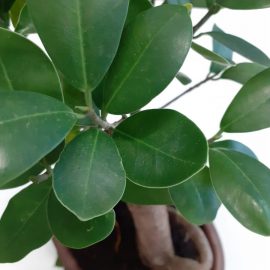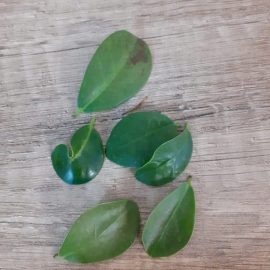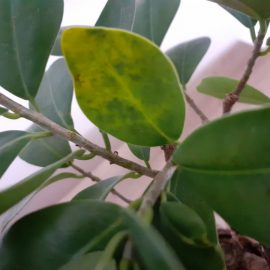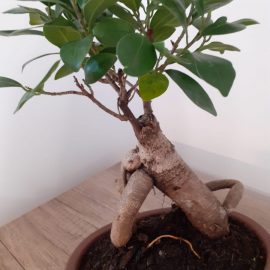Bonsai, plant care and growing guide
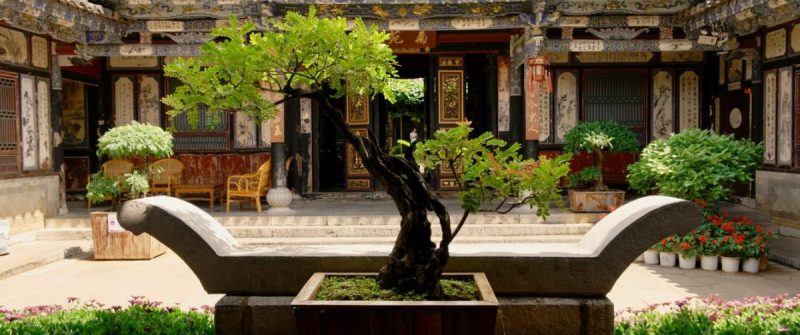
Bonsai (from the word “bon-sai” = “potted tree”) is a Japanese art of growing and forming various species of ornamental plants, to obtain them in a miniature version. It is not a plant species and does not grow genetically like this. Through regular pruning and minimal use of fertilizers and water, they are forced to grow in much smaller spaces than they do in their natural environment. The diminished size of the tree can give the impression of a young plant, but most bonsai are very old. This can be observed from their general appearance.
This type of art dates back about 2000 years, being inspired by the Chinese art “pun-sai”. The Japanese tradition of bonsai started about 1,000 years ago.
These plants are divided into categories depending on size, general appearance, etc.
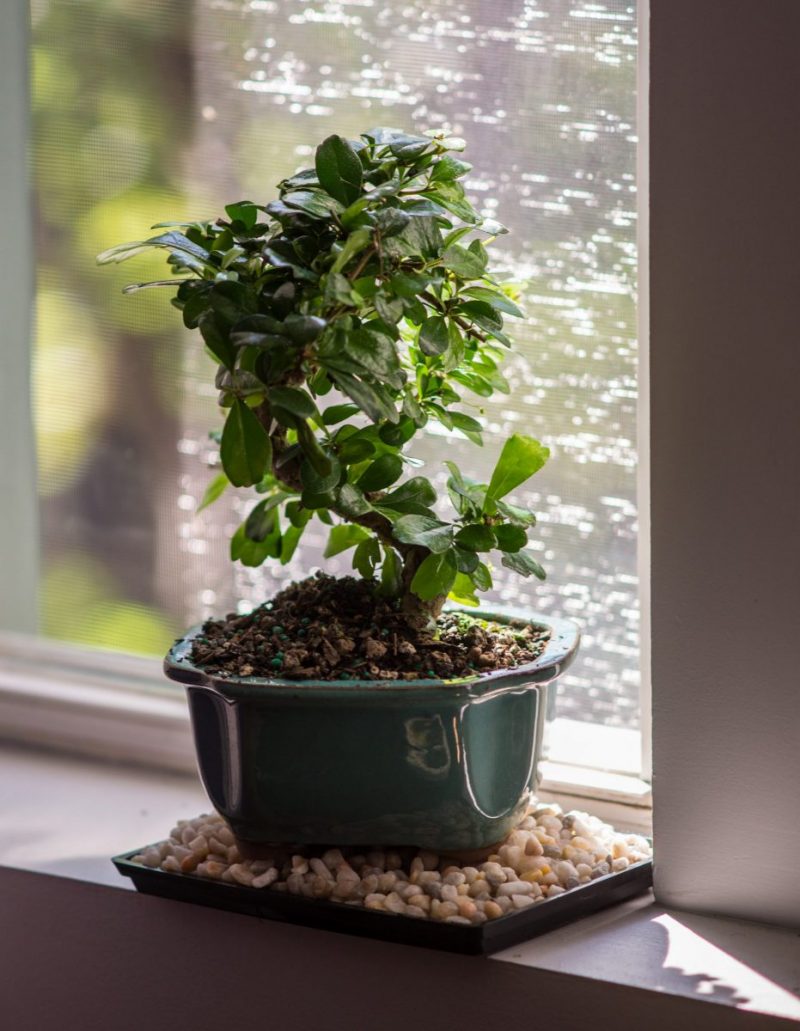
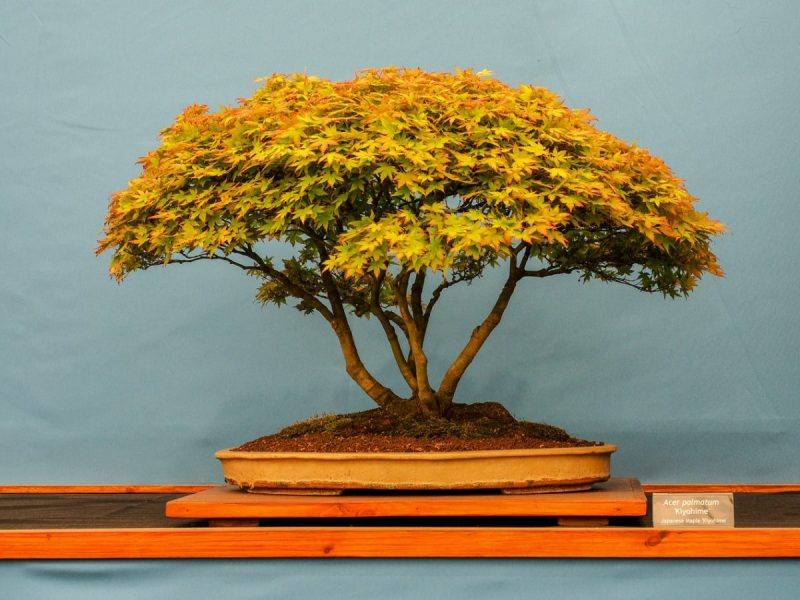
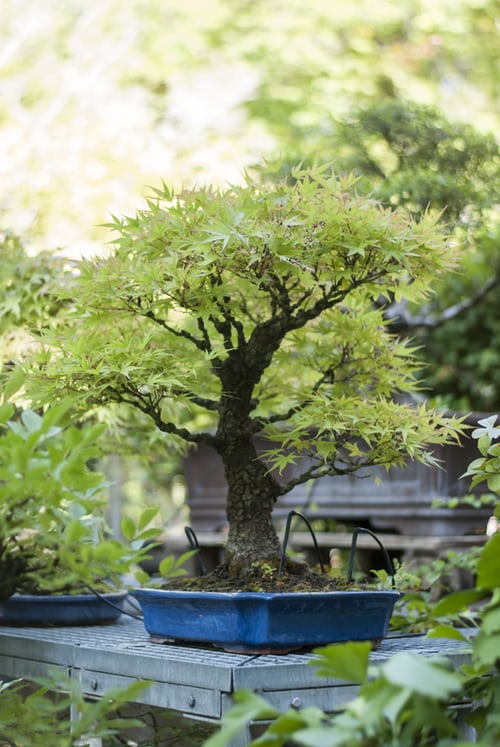
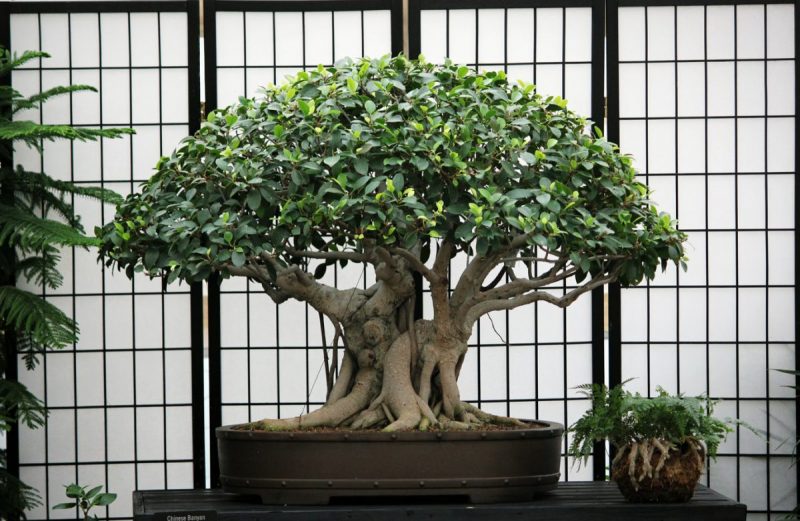
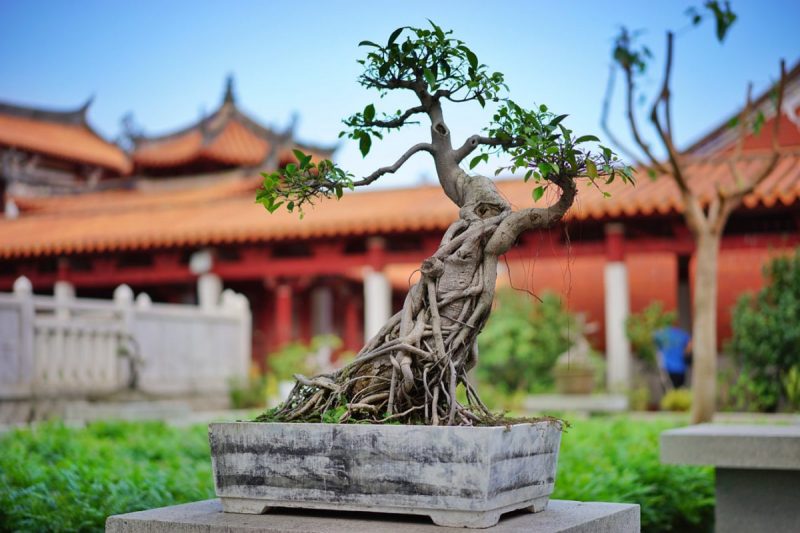
The most common species of plants that are grown as bonsai
Deciduous trees with deciduous leaves:
Acer palmatum, Ulmus parvifolia, Murraya paniculata, Magnolia stellata, Prunus, Carpinus, Fagus, Quercus, Ginkgo biloba, Betula pendula.
With unifoliate, persistent leaves:
Ficus retusa, Rhododendron, Bougainvillea, Citrus, Schefflera, Crassula, Gardenia jasminoides, Eugenia myrtifolia, Ilex crenata, Myrtus communis.
Conifers:
Juniperus, Pinus, Larix, Chamaecyparis, Taxus, Picea, Cedrus.
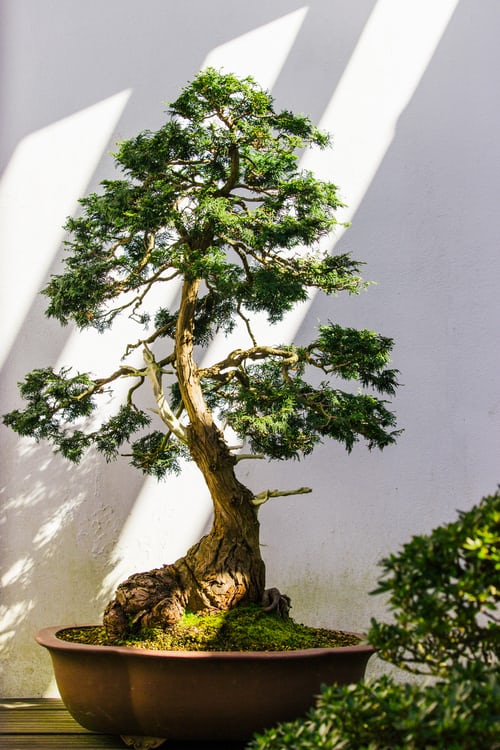
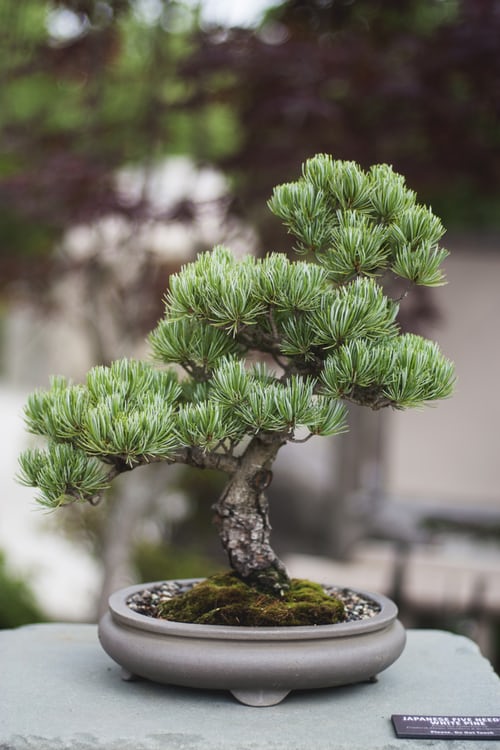
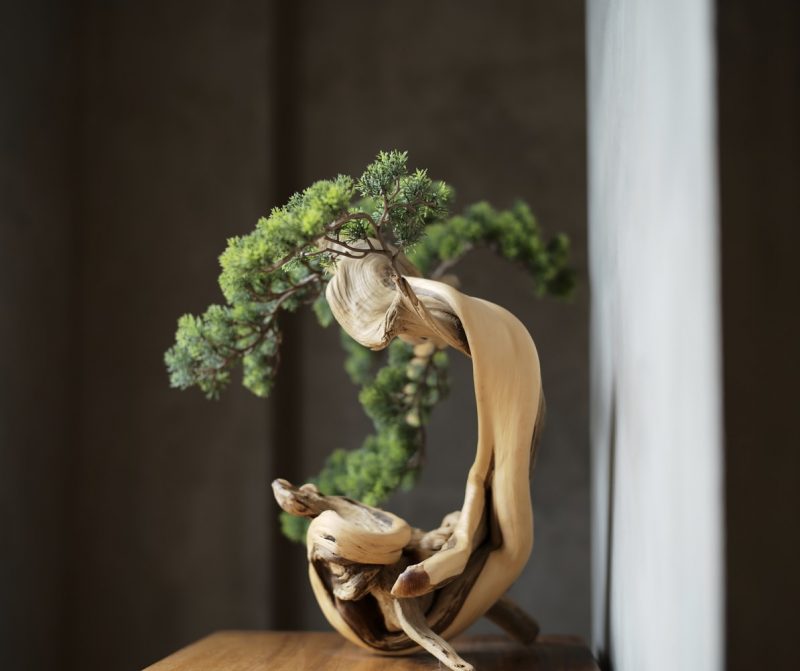
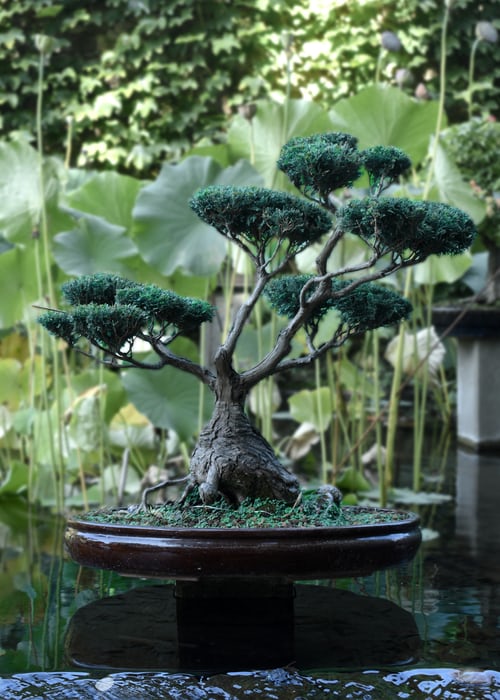
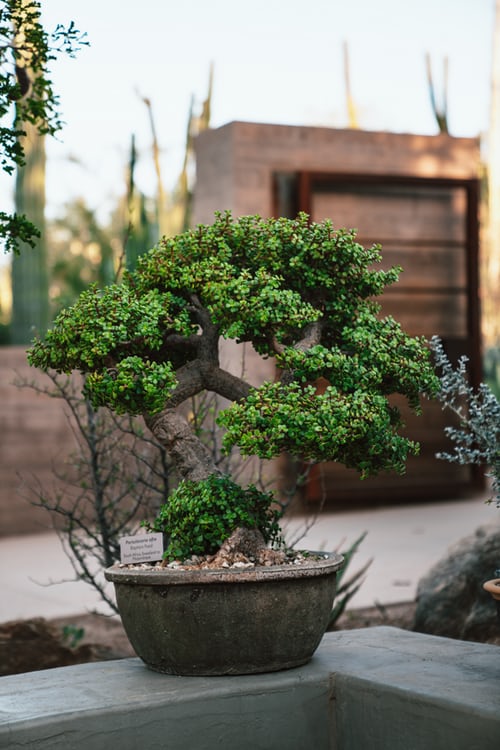
Placement / environmental conditions
Depending on the climate they come from, these trees can be kept indoors or outdoors.
Outdoor Bonsai (Picea, Pinus, Juniperus, Rhododendron, Acer)
Indoor Bonsai (Ficus retusa, Ulmus, Bougainvillea, Citrus, Schefflera, Gardenia, Crassula)
Bonsai that are kept outside must be native species, which are naturally found in the respective country.
Light. It is an important factor in growing these plants, both indoors and outdoors. It is advisable to place them in a place with plenty of light. Inside, they can be located near a south-facing window.
Humidity. Indoor species require higher atmospheric humidity. Increasing the humidity can be done by placing the pot on a bed of wet gravel.
Temperature. The room temperature must be maintained constant. Temperature variations can affect the plants. Also, good ventilation of the room is recommended.
Substrate. For bonsai, the substrate must be balanced, to allow proper drainage and aeration, but at the same time, to have the ability to retain water. It is recommended to use a substrate made of Akadama (volcanic rock and sand) or to use a substrate that is specific for these plants.
Recommended products
-
You can find products on a different store
Change Store -
You can find products on a different store
Change Store -
You can find products on a different store
Change Store -
You can find products on a different store
Change Store -
You can find products on a different store
Change Store -
You can find products on a different store
Change Store -
You can find products on a different store
Change Store -
You can find products on a different store
Change Store -
You can find products on a different store
Change Store -
You can find products on a different store
Change Store -
You can find products on a different store
Change Store -
You can find products on a different store
Change Store -
You can find products on a different store
Change Store -
You can find products on a different store
Change Store -
You can find products on a different store
Change Store -
You can find products on a different store
Change Store -
You can find products on a different store
Change Store -
You can find products on a different store
Change Store -
You can find products on a different store
Change Store -
You can find products on a different store
Change Store -
You can find products on a different store
Change Store -
You can find products on a different store
Change Store -
You can find products on a different store
Change Store -
You can find products on a different store
Change Store
Watering
The frequency of watering depends, first of all, on the species, the size of the tree, the size of the pot, the substrate, and the climate. Thus, it is preferable not to water the bonsai according to a certain routine, but to observe its needs. In general, bonsai need water when the soil is partially dry. The substrate must be kept permanently moist, but not too wet. Never allow the substrate to dry completely.
Fertilization
The use of fertilizer on outdoor bonsai species is done during the growing season from spring to autumn. Thus, in spring it is recommended to apply a fertilizer with higher nitrogen (N) content. During summer, a balanced fertilizer should be administered. In autumn, the fertilizer must contain less nitrogen, to favor the plant’s entry into dormancy. Indoor bonsai species should be fertilized throughout the year with a balanced fertilizer.
In the case of flowering species, to stimulate flowering, a fertilizer with a higher Phosphorus (P) content should be chosen. The fertilizer must be administered strictly following the instructions on the package because the plants can be easily affected by excessive fertilization.
Recommended products
-
You can find products on a different store
Change Store -
You can find products on a different store
Change Store -
You can find products on a different store
Change Store -
You can find products on a different store
Change Store -
You can find products on a different store
Change Store -
You can find products on a different store
Change Store -
You can find products on a different store
Change Store -
You can find products on a different store
Change Store -
You can find products on a different store
Change Store -
You can find products on a different store
Change Store -
You can find products on a different store
Change Store -
You can find products on a different store
Change Store -
You can find products on a different store
Change Store -
You can find products on a different store
Change Store -
You can find products on a different store
Change Store -
You can find products on a different store
Change Store -
You can find products on a different store
Change Store -
You can find products on a different store
Change Store -
You can find products on a different store
Change Store -
You can find products on a different store
Change Store -
You can find products on a different store
Change Store -
You can find products on a different store
Change Store -
You can find products on a different store
Change Store -
You can find products on a different store
Change Store
Repotting
Periodically, every 2-3 years, bonsai trees require repotting or root pruning. It is recommended that this operation be performed by professionals.
Pruning
Maintenance pruning is required to maintain the shape of the bonsai. It should be done annually and is a procedure that is recommended strictly for professionals.
In addition:
- the pests and diseases that can infest the bonsai trees are specific to each species.
- bonsai which are placed in rooms that are not well lit have a slower growth.
- outdoor bonsai species need protection in winter, so they should be moved to an unheated greenhouse.














































































































































































































































































































































































































































